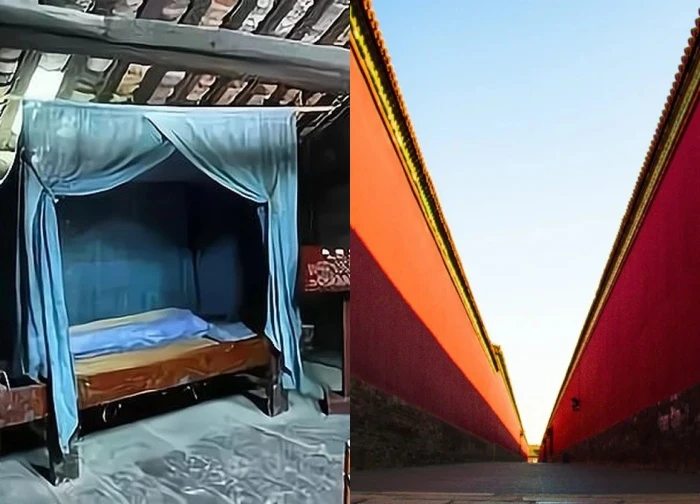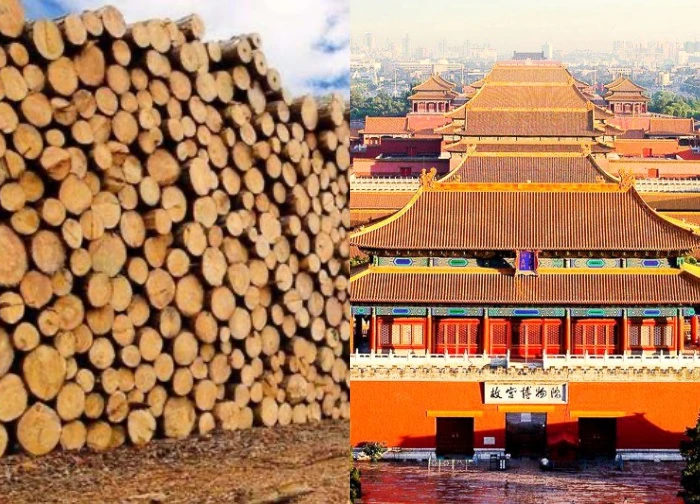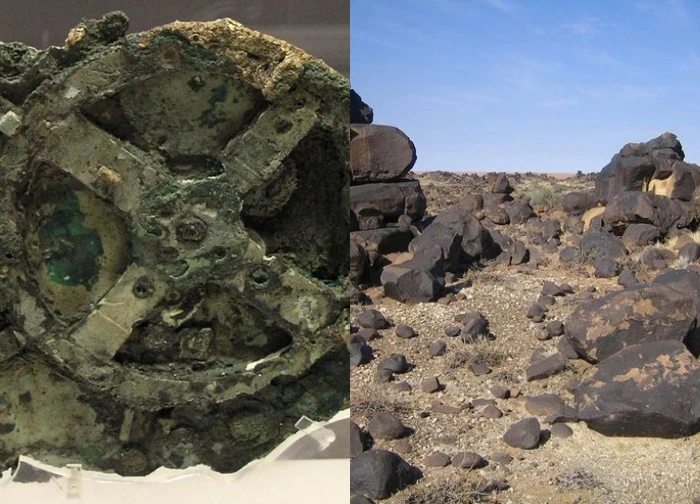Empress Dowager Cixi: Built a luxurious bathroom, every time she bathed she would cry out in coldness.

2 | 1 Discuss | Share
In the heart of Hoi An ancient town, where every brick and every roof tile is steeped in history, there exists a small relic that contains many mysterious stories. It is an ancient stele called the anti-evil stele, hidden under an old banyan tree next to the Japanese Covered Bridge.
For hundreds of years, the stele has quietly existed, becoming a spiritual support for the Hoi An community. However, in just one night at the end of March, the stele was seriously vandalized by strangers, leaving behind sorrow in the hearts of the people and heritage researchers.
The stele is quite small, about half a meter wide and one meter high, with many ancient patterns and characters engraved on its surface. The most prominent in the center is the Chinese inscription "Bac De ban lenh lap cuc ngu phong yem thuy dao". This content is understood as the Northern Emperor Tran Vu ordered the establishment of this place to suppress and prevent fierce water flows, protecting residents from natural disasters. In addition, the stele's surface also features the image of the Big Dipper constellation, three circles symbolizing the three talents or five elements, and the mantra "An ma ni bat me hong" of Esoteric Buddhism, meaning to ward off evil spirits. At the bottom are talismans with characters representing the five elements such as Fire, Wood, Earth, making the stele even more mysterious.
Many people believe that the stele is associated with the Japanese Covered Bridge and the legend of the Linh Cu sea monster. According to folklore, this sea monster often causes trouble for the residents, and the Japanese Covered Bridge is the sword that sticks down to guard, while the stone stele is an amulet to strengthen the power. Some other opinions say that the stele was erected by Japanese merchants in the 16th - 17th centuries, when Hoi An was still a bustling international trading port. Regardless of its origin, the stele is still a particularly important relic, demonstrating the religious beliefs and community cohesion of Hoi An people over many centuries.
However, in the early morning of March 31, people living near this area heard hammering sounds during the night. The next morning, when people came out to burn incense, they discovered that the entire stele had been smashed. The Chinese characters and ancient carvings had been almost completely erased. Images of the broken stele quickly spread on social media, shocking not only the people of Hoi An but also angering researchers and heritage lovers across the country.
Immediately after the incident, the Hoi An Cultural Heritage Management and Conservation Center immediately reported to the City People's Committee and coordinated with the local police to investigate. The authorities determined that this was a serious act of encroachment on the relic located in the protected area I of the Hoi An ancient town - a world cultural heritage recognized by UNESCO, belonging to the category of special national relics and having type I conservation value. However, up to now, after many months, the case has not yet had a final conclusion, the perpetrator has not been found. This delay has further angered public opinion, because without the results of the investigation, the restoration and reconstruction of the stele cannot be carried out.
In the meantime, local residents continue to come to burn incense, clean up, and preserve the remaining stele every day. They consider this a way to preserve their spiritual beliefs and show their respect for the relic that has long been associated with the community. Many researchers have also expressed concern that if this continues, the ancient stele will continue to deteriorate, making restoration difficult.
The stele is not simply a block of stone with inscriptions, but also a collective memory, a cultural and religious symbol deeply ingrained in the minds of Hoi An residents. The destruction is not only a material loss but also hurts the spirit of the local people. More than ever, public opinion expects a transparent investigation result, a strict handling measure to protect what remains of the stele, and at the same time draw lessons in heritage management and protection.
Hoi An has long been considered a cultural treasure of Vietnam and the world. Every relic, big or small, contributes to the priceless value of the ancient city. The story of the stele is both a reminder and a wake-up call for more attention to heritage conservation, not only through regulations on paper but also through specific and timely actions. Only when the heritage is fully preserved, can Hoi An continue to be the pride and cultural meeting place of international friends on their journey to discover Vietnam.
The strange village eats the same pot, the same money, the guests are forced to wash their hands with the "magic well"  Hoàng Phúc21:12:35 03/06/2025Thai Hai village, also known by names such as Thai Hai Ecological Ethnic Stilt Village Conservation Area or Thai Hai Family, is located in My Hao hamlet, Thinh Duc commune, Thai Nguyen city, only about 7 km from the city center.
Hoàng Phúc21:12:35 03/06/2025Thai Hai village, also known by names such as Thai Hai Ecological Ethnic Stilt Village Conservation Area or Thai Hai Family, is located in My Hao hamlet, Thinh Duc commune, Thai Nguyen city, only about 7 km from the city center.

2 | 1 Discuss | Share

4 | 1 Discuss | Share

1 | 1 Discuss | Share

2 | 0 Discuss | Share

4 | 0 Discuss | Share

3 | 0 Discuss | Share

1 | 0 Discuss | Share

1 | 0 Discuss | Share

4 | 0 Discuss | Share

3 | 0 Discuss | Share

5 | 0 Discuss | Share

1 | 0 Discuss | Share



0 | 0 Discuss | Report